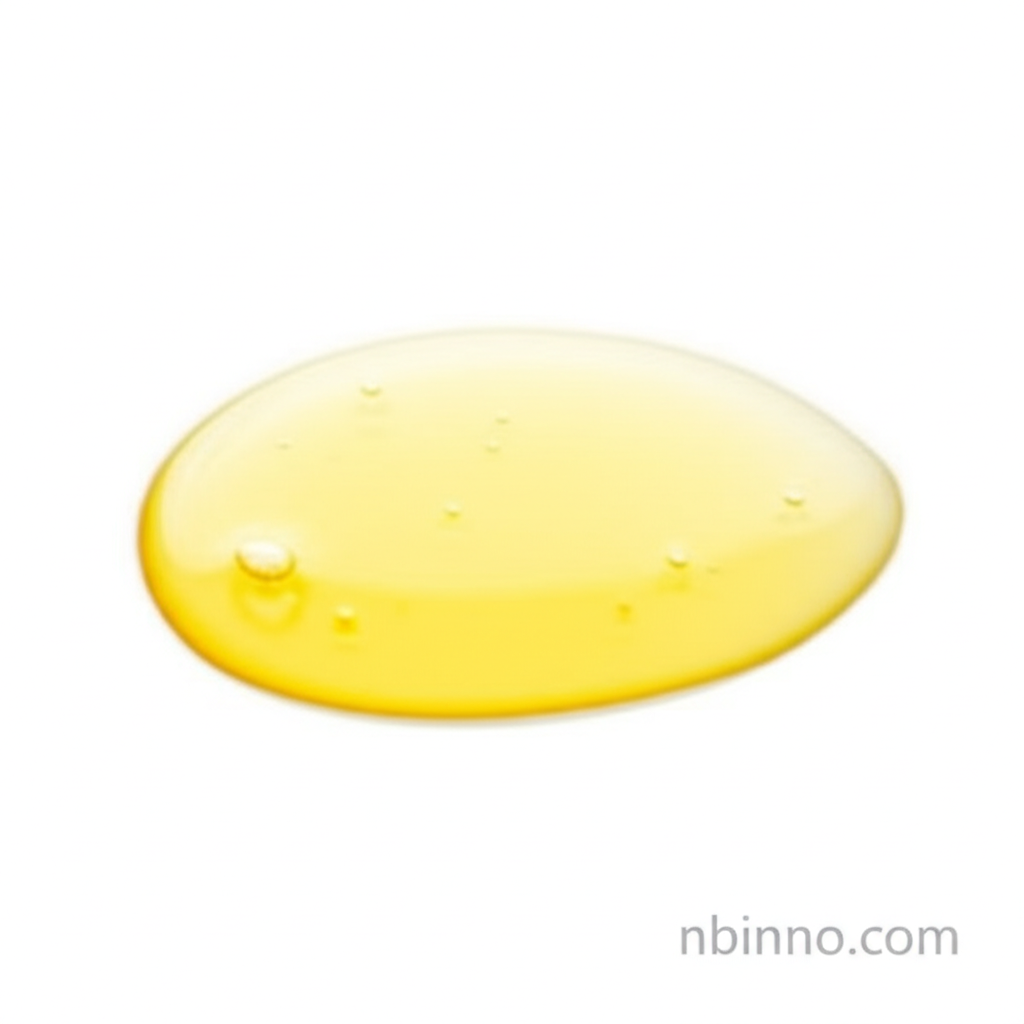5-Methyl-1H-Tetrazole: A Crucial Pharmaceutical Intermediate
Explore the synthesis, applications, and properties of this vital chemical building block.
Get a Quote & SampleProduct Core Value

5-Methyl-1H-Tetrazole
5-Methyl-1H-Tetrazole (CAS 4076-36-2) stands as a critical intermediate in the synthesis of a wide array of pharmaceuticals, most notably the cephalosporin series. Its molecular structure, C2H4N4, with a molecular weight of 84.08 g/mol, contributes to its efficacy in diverse chemical reactions. This compound is instrumental in the development of advanced medicinal compounds, showcasing its importance in the fine chemical sector.
- Leveraging 5-Methyl-1H-Tetrazole intermediate for efficient cephalosporin synthesis processes, ensuring high purity and yield.
- Discover the role of pharmaceutical intermediates CAS 4076-36-2 in creating novel antifungal agents with enhanced efficacy.
- Explore the application of 5-Methyl-1H-Tetrazole in the synthesis of novel quinoline derivatives targeting specific diseases.
- Understand why this chemical synthesis building block is indispensable for researchers in developing next-generation therapeutics.
Key Advantages
Versatile Synthesis Applications
The versatility of 5-Methyl-1H-Tetrazole as a building block allows for its use in the creation of various complex organic molecules, contributing to breakthroughs in drug discovery and development.
Enhanced Therapeutic Development
Its specific chemical properties make it invaluable for synthesizing compounds with targeted therapeutic actions, such as its use in creating antifungal agents and addressing diseases like tuberculosis.
Reliable Intermediate for Cephalosporins
As a key component in the production of cephalosporin antibiotics, 5-Methyl-1H-Tetrazole ensures the consistent quality and efficacy of these vital medicines.
Key Applications
Pharmaceutical Synthesis
Integral to the creation of cephalosporin antibiotics, contributing to the treatment of bacterial infections.
Antifungal Agent Development
Used in the synthesis of novel antifungal compounds to combat a range of fungal infections.
Tuberculosis Research
Employed in the preparation of new quinoline derivatives being investigated for their efficacy against Mycobacterium tuberculosis.
Fine Chemical Building Block
Serves as a fundamental component in broader chemical synthesis for research and industrial applications.
